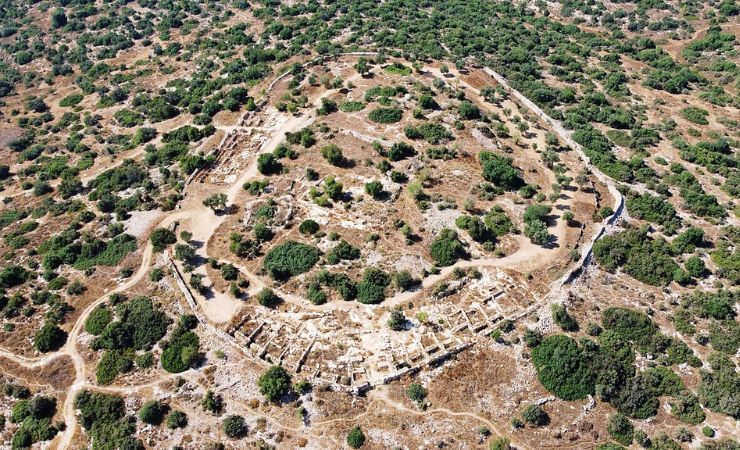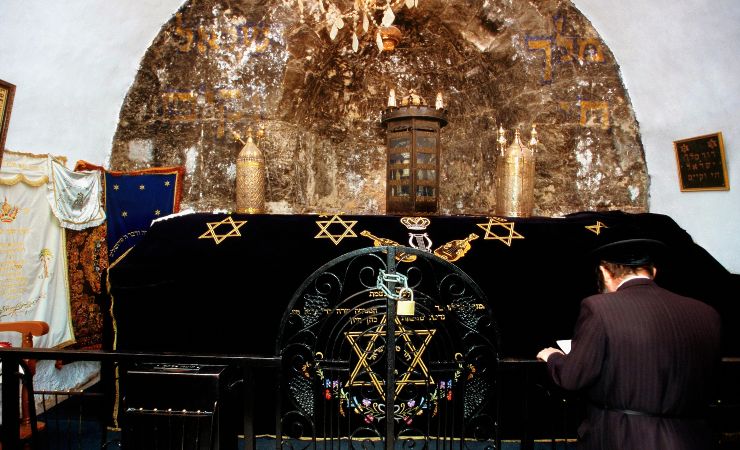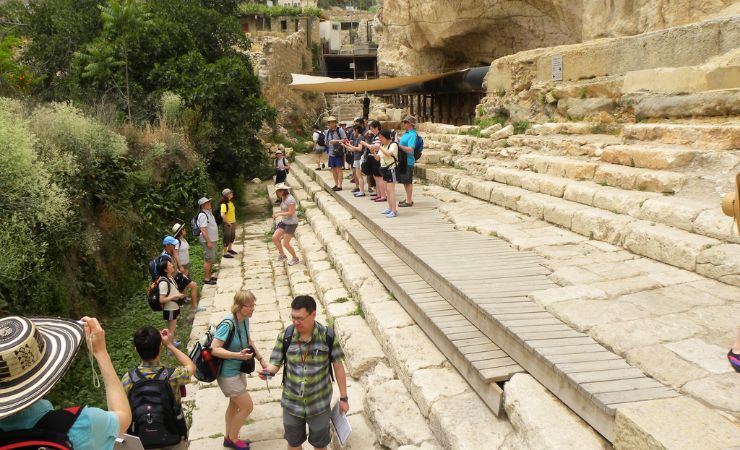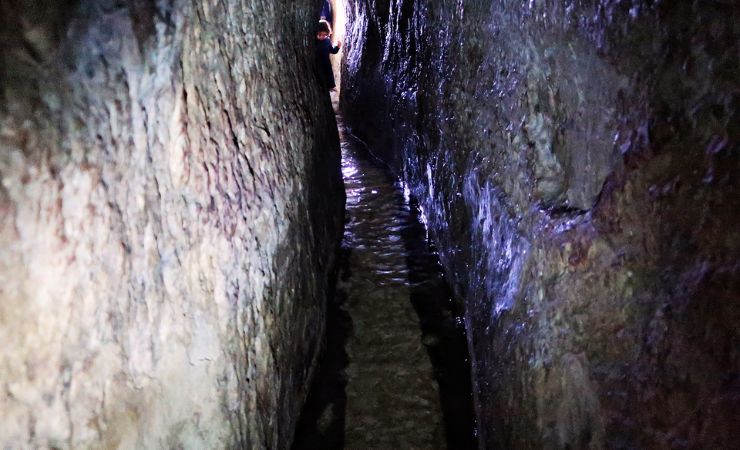Unearthing Khirbet Qeiyafa: A Glimpse into the Early Kingdom of Judah
Khirbet Qeiyafa, a site perched above the Elah Valley in Israel, has emerged as a critical archaeological discovery that sheds light on the early days of the Kingdom of Judah. The site has sparked considerable debate among scholars, particularly regarding its connection to the biblical King David and the existence of a centralized Judahite kingdom during the early 10th century BCE.

Location
Khirbet Qeiyafa is situated on a hill overlooking the Elah Valley, approximately 30 kilometers southwest of Jerusalem. This strategic location provided a defensive vantage point and served as a frontier city between the territories of Judah and the Philistines, making it a critical site in the ancient landscape of the region.
Biblical Context
Khirbet Qeiyafa is often associated with the biblical city of Sha’arayim, mentioned in the story of David and Goliath (1 Samuel 17:52). This connection is drawn due to the site’s proximity to the Elah Valley, where the famous battle between David and Goliath is said to have taken place. The two gates discovered at the site also align with the name Sha’arayim, which means “two gates” in Hebrew.



Is the Site Connected to the Kingdom of David?
The site features a well-planned urban layout, with distinctive elements like two city gates (an unusual feature in cities from this period), suggesting a significant level of organization and governance. The discovery of a pottery shard inscribed with one of the oldest known Hebrew texts at the site further supports the existence of a literate society that could align with the early Kingdom of Judah.
Carbon-14 Dating
One of the most compelling pieces of evidence comes from the Carbon-14 dating of olive pits found at Khirbet Qeiyafa, which dates the site to between 1020 and 980 BCE. This period is consistent with the biblical chronology of David’s reign. The accuracy of these dates has been a focal point in arguments supporting the historicity of the Kingdom of David, as they place Khirbet Qeiyafa within a critical timeline for the establishment of a centralized Judahite state.
The Debate
The findings at Khirbet Qeiyafa have intensified the debate over the existence of a United Monarchy under King David. Proponents like archaeologist Yosef Garfinkel argue that the site’s fortifications and inscriptions are evidence of an early Judean state under David’s rule. This challenges the minimalist view, which posits that David was more of a tribal leader rather than a king of a centralized, powerful kingdom.
Critics, however, argue that the site might have belonged to a different polity, perhaps a North Israelite or Canaanite entity, rather than a Judahite one. They point to similarities with nearby sites and question whether the evidence from Khirbet Qeiyafa alone is sufficient to confirm the existence of a kingdom as powerful as described in the Bible.
Khirbet Qeiyafa is Considered to be a Jewish Settlement
These combined factors strongly suggest that Khirbet Qeiyafa was a Jewish settlement, reflecting the cultural, religious, and social practices of early Judah.
Hebrew Inscriptions: One of the most compelling pieces of evidence is the discovery of an ostracon (a pottery shard with an inscription) that contains one of the earliest known examples of Hebrew writing. The text is believed to reflect the social and legal practices typical of a Judean society, particularly with themes related to justice, which aligns with biblical values.
Urban Planning Consistent with Judean Sites: The city’s layout, including the construction of houses integrated into the city wall, is characteristic of early Judean urban planning. This type of construction is similar to that found in other confirmed Judahite sites, suggesting a common cultural and administrative approach.
Absence of Idolatrous Artifacts: Unlike other contemporary sites that were inhabited by Canaanites or Philistines, Khirbet Qeiyafa lacks evidence of idolatrous practices. There were no idols or temples dedicated to foreign gods found at the site, which is consistent with the monotheistic practices of early Judah.
Kosher Animal Remains: The animal bones found at the site primarily belong to species considered kosher according to Jewish dietary laws, such as sheep and goats. The absence of pig bones, which were common in non-Israelite settlements like those of the Philistines, further suggests that the inhabitants followed Jewish dietary restrictions.
What Can Be Found at the Site
- Fortified Walls: Visitors can explore the remains of the city’s impressive walls, which once stretched for about 700 meters.
- The Two Gates: The most distinctive feature of Khirbet Qeiyafa, the two gates, can be seen on-site, providing tangible evidence of its potential identification as Sha’arayim.
- Ostracon Replicas: While the original inscribed shard is housed in a museum, replicas and detailed explanations on-site allow visitors to appreciate this important find.
- Residential Structures: The foundations of ancient homes, some integrated into the city wall, offer a glimpse into the daily life of the city’s inhabitants.
- Public Spaces: The remains of communal areas, possibly including an administrative building, provide further evidence of the city’s organizational complexity.
Nearby Sites
- Tel Azekah: Located nearby, Tel Azekah offers panoramic views of the Elah Valley and holds its own historical significance as another ancient fortified city.
- Beth Shemesh: An ancient city with biblical ties, just a short drive to the north. The place is tied to the stories of Samson.
- Elah Valley: The very site of David and Goliath’s legendary battle, perfect for a scenic hike or a reflective moment.
- Tel Lachish: Another key site from the Kingdom of Judah, known for its impressive fortifications and rich history.



